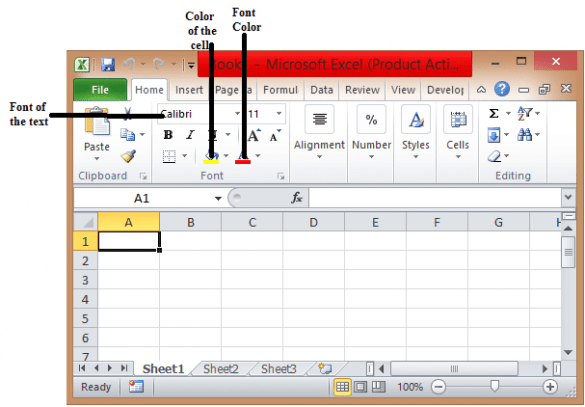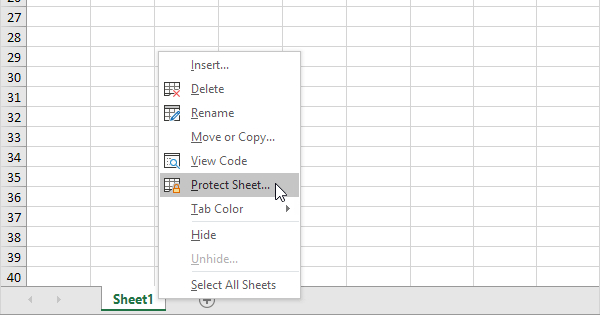Merge 2 Excel Sheets Easily: A Step-by-Step Guide

Are you tired of manually combining data from multiple Excel spreadsheets? Here's an easy step-by-step guide on how to merge two Excel sheets to streamline your data management tasks. Whether you're consolidating financial data, syncing records, or merging project updates, these methods will ensure you work efficiently without breaking a sweat.
Why Merge Excel Sheets?

Before jumping into the steps, understanding the benefits of merging Excel sheets can motivate why this skill is essential:
- Consolidate Information: Bringing data together reduces redundancy and errors.
- Save Time: Automate what would otherwise be a time-consuming manual task.
- Facilitate Analysis: Unified data offers a complete picture for analysis.

Manual Merge: Copy and Paste Technique

This is the simplest way to merge two Excel sheets if you’re dealing with relatively small datasets:
- Open the source Excel workbook containing both sheets you wish to merge.
- Select the entire content of the first sheet by clicking the upper-left corner or pressing Ctrl+A.
- Copy the selected data by pressing Ctrl+C.
- Open or create a new Excel sheet in the same workbook or a different one, and place your cursor at the top-left cell where you want the data to start.
- Paste the copied data by pressing Ctrl+V. If you’re pasting into an existing sheet, choose Values or Values and Source Formatting for consistency.
- Repeat steps 1-4 for the second sheet, pasting the data either below or to the right of the first sheet’s data.
💡 Note: If your sheets contain headers, you might need to manually adjust or remove duplicate headers.
Using Power Query for Advanced Merging

For more sophisticated merging where structure or data transformations are involved, Excel’s Power Query offers powerful tools:
- Ensure your Excel version supports Power Query. This is typically available in Excel 2010 and later.
- Select the Data tab, then click on Get Data or From Other Sources, and choose From File > From Workbook.
- Navigate to your source Excel file and click Import.
- In the Navigator, select both sheets you want to merge and click Transform Data.
- Within the Power Query Editor:
- Choose Merge Queries from the Home tab.
- Select the matching column in both sheets (e.g., ID, Name, or Date).
- Choose the join type (left, right, inner, or outer).
- Expand the new column to view the merged data.
- Once satisfied with the merge, click Close & Load to return the merged data to your Excel sheet.

Using Vlookup or Index/Match Functions

When you need to combine data without creating a new sheet, Vlookup or Index/Match can be your allies:
- Identify the key column to match data between sheets.
- Use the VLOOKUP function as follows:
- lookup_value: The value you’re looking for in the first column of the source sheet.
- table_array: The range of columns from which to pull the data in the source sheet.
- col_index_num: The column number in the source sheet from which to retrieve the value.
- range_lookup: TRUE for approximate match or FALSE for an exact match.
- Alternatively, use INDEX and MATCH for more flexibility:
- array: The range from which to retrieve the value.
- MATCH(lookup_value, lookup_array, match_type): Finds the position of the lookup value in the lookup array.
=VLOOKUP(lookup_value, table_array, col_index_num, [range_lookup])
=INDEX(array, MATCH(lookup_value, lookup_array, match_type))
Merging with Power Pivot

Power Pivot, Excel’s data modeling add-in, offers an advanced way to manage and combine large datasets:
- Ensure Power Pivot is enabled in your Excel version.
- Go to the Power Pivot window by selecting Manage from the Data tab.
- Import your data from both sheets into separate tables in Power Pivot.
- Establish a relationship between tables using common keys or fields:
- Use Create Relationship from the Design tab.
- Select the columns from both tables to link.
- Create a Data Analysis Expressions (DAX) formula to combine the data:
- column_reference: The column from the related table you want to bring into your main table.
=RELATED(column_reference)

Incorporating these techniques can significantly enhance your productivity when working with multiple Excel sheets. Whether you choose a manual copy-paste method for small tasks, leverage Power Query for structured data, or dive into Power Pivot for complex data analysis, you now have the tools to merge Excel sheets with confidence.
The key points to remember when merging Excel sheets are:
- Choose the right method based on your data size and complexity.
- Understand your data structure to effectively match columns and keys.
- Leverage Excel’s built-in tools like Power Query or Power Pivot for advanced merging capabilities.
Can I merge sheets from different Excel workbooks?

+
Yes, you can merge data from different workbooks using Power Query or by manually copying and pasting.
Will merging sheets change the original data?

+
Merging sheets using any method outlined will not alter the original data unless you overwrite or delete data manually or through Power Query transformations.
What if my sheets have different structures?

+
Power Query can help you transform and align data from sheets with differing structures before merging. Use transformations like removing columns, renaming headers, or data type conversion to standardize the data.